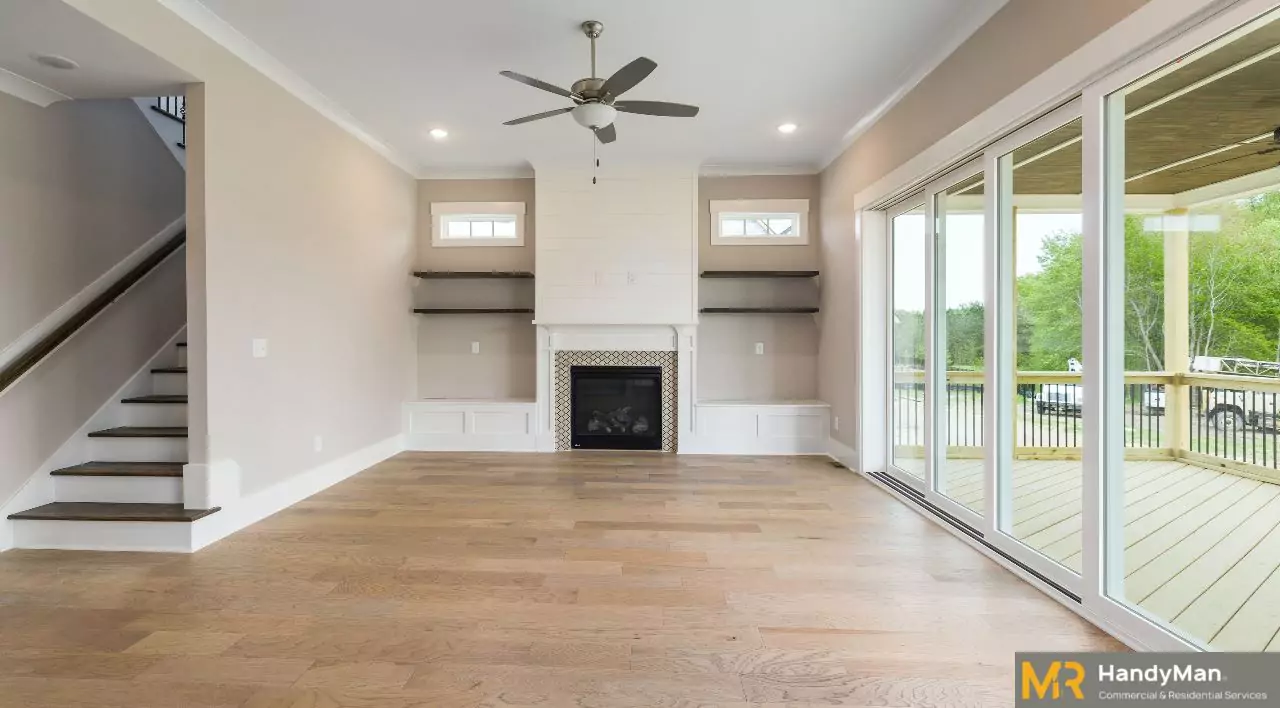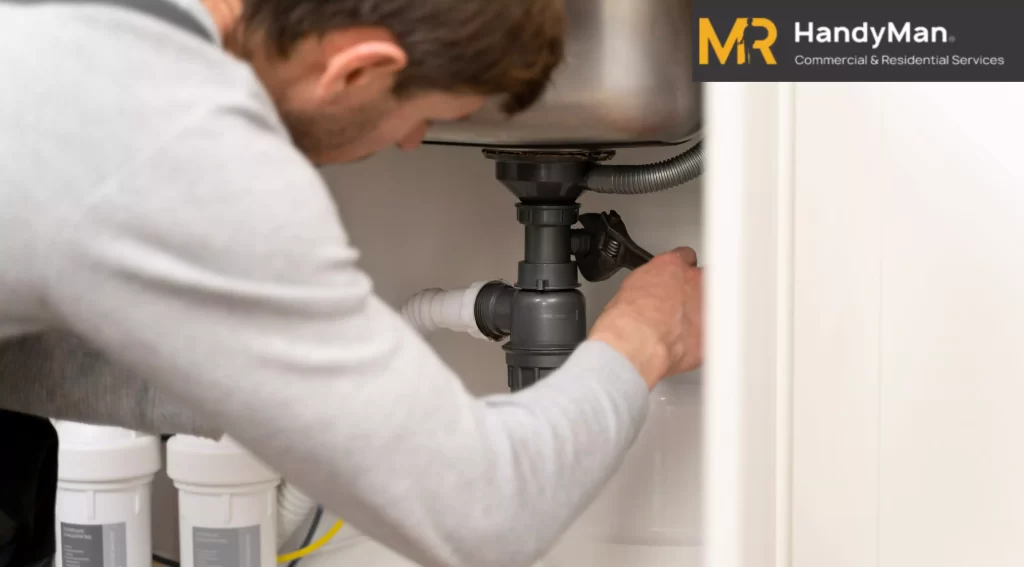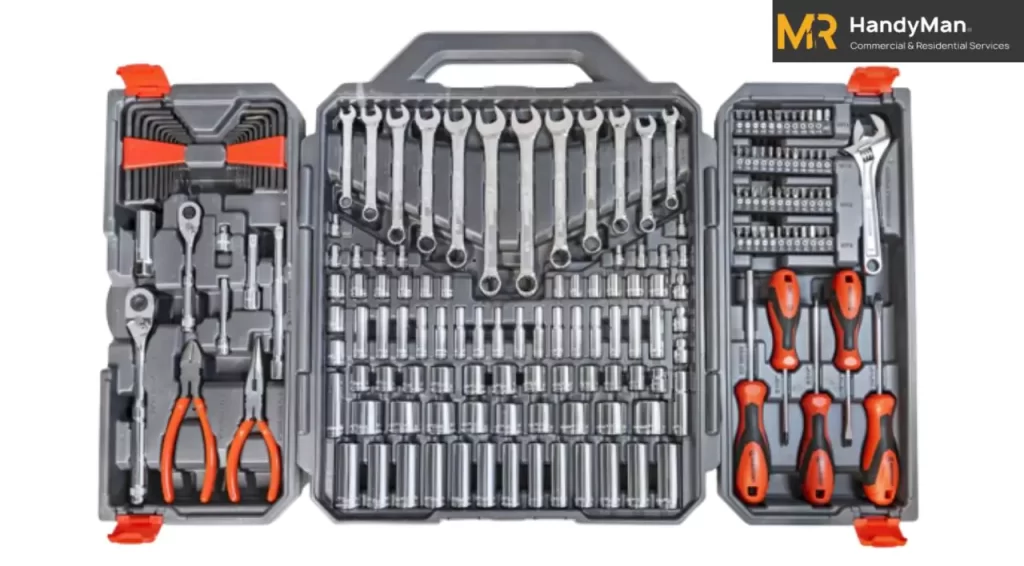Balcony Sliding Door: If you are looking to enhance the aesthetics of your home and create a seamless indoor-outdoor transition, balcony sliding doors could be an ideal solution. They are available in various materials like aluminum, vinyl, wood, and fiberglass. There are many different styles available, such as French, bi-fold, and multi-slide doors.
A skilled installation guarantees a flawless fit and dependable performance. With balcony sliding doors, you may benefit from indoor-outdoor living, increasing the value of your home and raising your standard of living.
Types Of Balcony Sliding Doors
Balcony sliding doors provide a great transition between indoor and outdoor living spaces. There are various styles of balcony sliding doors, and each has a unique set of advantages. Below we’ll explore the four most common types of balcony sliding doors: wooden sliding doors, aluminum sliding doors, glass sliding doors, and vinyl sliding doors.
Wooden Sliding Doors
Wooden sliding doors have a classic and natural look that can add a touch of warmth to any balcony. Here are some essential details regarding wooden sliding doors:
- Wooden doors may last a very long time if they are properly maintained.
- To maintain their natural finish, they need frequent maintenance such as sanding and refinishing.
- Wooden sliding doors provide more insulation than aluminum or vinyl doors.
Aluminum Sliding Doors
Aluminum sliding doors are popular due to their durability and easy maintenance. Here are some essential details regarding aluminum sliding doors:
- Strong and lightweight aluminum doors are available.
- They are rust and corrosion resistant and require little maintenance. These sliding doors don’t insulate as well as hardwood or vinyl sliding doors.

Glass Sliding Doors
Stunning view balconies are ideal for glass sliding doors. They provide natural light into your living area and give the impression that your balcony is larger. Here are some essential details regarding glass sliding doors:
- Glass doors are simple to keep and clean.
- They have great thermal efficiency and energy effectiveness.
- They are heavy and require professional installation.
Vinyl Sliding Doors
Due to their low cost and high energy efficiency, vinyl sliding doors are a favorite among homeowners. Here are some essential details regarding vinyl sliding doors:
- Vinyl doors are a cost-effective option and require little to no maintenance.
- They offer excellent thermal performance and protection against uv rays.
- They are not as durable as wooden or aluminum doors.
Comparison Of Materials And Their Benefits
The best option for your balcony will rely on your needs and tastes, as each type of balcony sliding door has advantages of its own. Here is a comparison of each material’s advantages:
- Wooden sliding doors: Classic look, durable, excellent insulation.
- Aluminum sliding doors: Lightweight, low-maintenance, rust-resistant.
- Glass sliding doors: Ideal for views, easy to clean, energy-efficient.
- Vinyl sliding doors: Affordable, energy-efficient, low-maintenance.
There is a balcony sliding door to meet your demands whether you want a classic or modern style. Determine your priorities and choose the material that best meets them, whether it be wooden, aluminum, glass, or vinyl.
Considerations When Selecting A Balcony Sliding Door
If you’re in the market for a new balcony sliding door, you want to make sure you select the best one to meet your needs. Balcony sliding doors offer numerous benefits to homeowners, from improving energy efficiency to enhancing the overall aesthetic appeal of your home.
As you begin your search for the ideal balcony sliding door, here are some key factors to keep in mind:
Size And Measurements
It’s crucial to accurately measure the aperture of your balcony sliding door before making a purchase. To ensure you select a door that fits properly, measure the opening’s height, breadth, and depth. Choosing a door with the correct size and measurement will make sure it operates efficiently and seals correctly.
Safety Features
It’s critical to consider safety features when selecting a balcony sliding door. Look for doors that have tempered or laminated safety glass to minimize the risk of shattering. Additionally, check if the door features locking mechanisms to heighten security and reduce the possibility of theft or break-ins.
Make sure your door is safe for children, seniors, and disabled people.
Energy Efficiency And Insulation
Selecting a balcony sliding door that is energy efficient and provides excellent insulation can help reduce your energy bills throughout the year. Doors that offer thermal insulation and weather stripping aid in keeping your home warm in the winter and cool in the summer.
Sliding balcony doors that use less energy can not only save you money but also benefit the environment.
Beauty Appeal And Customization Possibilities
Your balcony sliding door is a significant element of your home’s exterior, so it is crucial to choose a door that complements the overall aesthetic appeal of your house. Aluminum, vinyl, or fiberglass sliding doors come in a variety of styles, colors, and finish options, providing maximum flexibility with customization to suit your style.
You can personalize your balcony sliding door by choosing between a double, triple, or laminated glass panel.
Maintenance Requirements And Durability
Maintenance can be an essential point to consider when choosing a balcony sliding door. The door should be constructed of weather-resistant, sturdy materials. Newer designs have less potential of getting damaged over time. At the same time, they’re easy to clean and maintain, making them an excellent long-term investment for your home.
Choose a balcony sliding door to withstand harsh weather conditions or other environmental factors and require the least possible maintenance.
By keeping these factors in mind, you can confidently choose a balcony sliding door that ensures maximum security, energy efficiency, and aesthetic appeal for your home.
Installing A Balcony Sliding Door
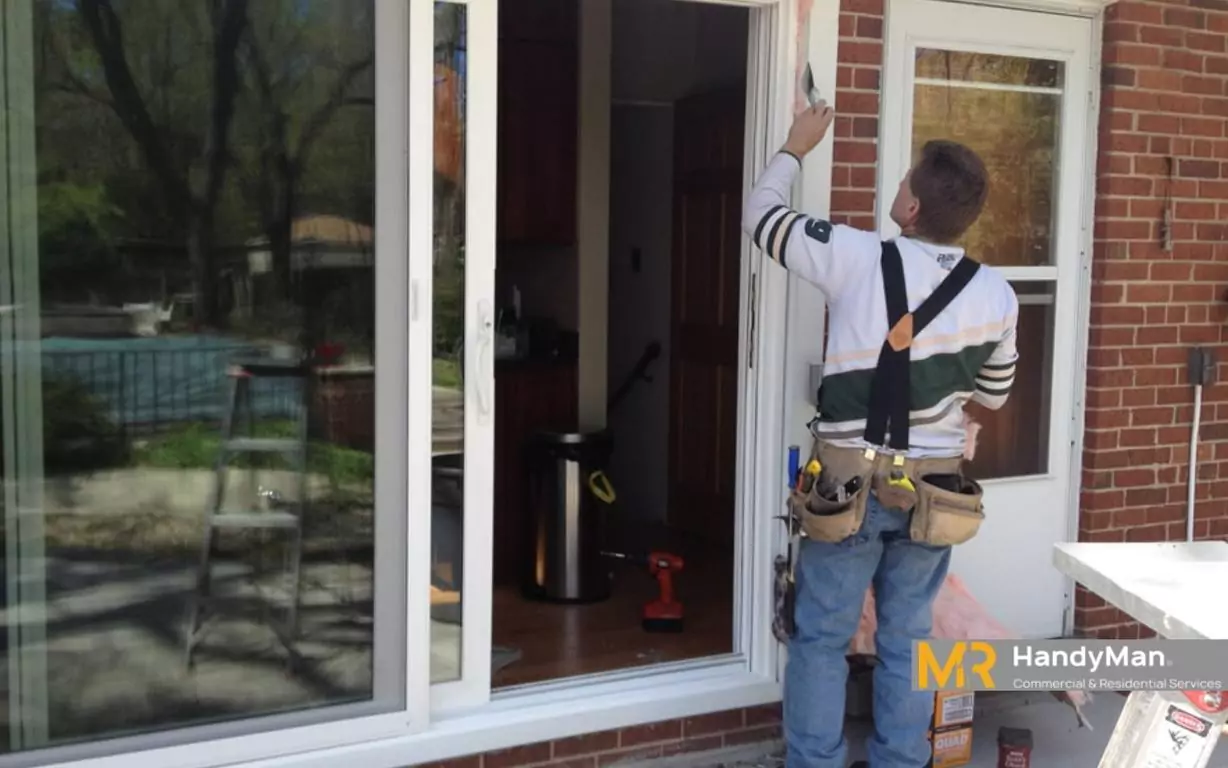
Are you planning to install a balcony sliding door? Adding a sliding door to a balcony not only creates an illusion of a spacious room but also allows natural light to flow in. With the right tools and preparation, this diy project can be easily accomplished.
Here’s the step-by-step guide to installing a balcony sliding door along with common pitfalls to avoid during installation and some tips for Diy installation versus hiring a professional.
Preparation and Equipment Required:
Make sure you have the following tools and things on hand before starting the installation process:
- Measuring tape
- Screwdriver
- Drill
- Level
- Silicon sealant
- Sliding door kit
- Safety goggles and gloves
- Assistance from a friend or family member
Follow these easy preparation procedures to make sure the installation goes successfully:
- You should carefully measure the area where you intend to install the sliding door.
- Purchase the sliding door kit that fits your measurements and balcony’s style.
- Clear all the debris, dust and clutter from the installation area.
- Make sure the installation space is flat and level.
Step-By-Step Guide To Installing A Balcony Sliding Door:
The following steps serve as a guide to help you install the balcony sliding door easily with thorough steps:
- Begin by removing the old balcony door frame, if there is any.
- Place the sliding door track at the bottom of the opening and slide it to the opposite end of where the handles will be.
- Hold the door slip into the track and slide it to the side of the opening where the handles will be.
- Attach the rollers on the side of the door slip using screws and a screwdriver.
- Place the door slip in the opening and adjust it with a level.
- Once the door is leveled, attach the side jambs using screws and a screwdriver.
- Add the handle and lockset.
- Add the weather-stripping on the jamb’s edge to seal the door’s edges.
- Finally, apply a generous amount of silicon sealant on the door track and the jamb’s edge to provide an air-tight grip.
Common Pitfalls To Avoid During Installation:
- Not taking accurate measurements of the balcony door’s opening can result in purchasing an inappropriate sized sliding door kit.
- Ignoring the floor’s level can cause the sliding door to be uneven.
- Skipping the step of applying silicon sealant can lead to air drafts and noise of wind tunneling between the sliding door and the jamb.
Some Advice For DIY Installation vs. Hiring a Professional:
- Diy installation can save money if you are a seasoned diyer and have adequate experience with similar projects.
- Hiring a professional can be beneficial when there is no previous diy experience, in case of complicated installations, or if you are unsure about the balcony door’s size and measurements.
- Taking assistance from a friend or family member can make the installation process smoother and faster.
Maintenance And Repairs For Balcony Sliding Doors
Balcony sliding doors are a popular feature of many modern houses and apartments, providing a seamless transition between indoor and outdoor spaces. However, like any other part of your property, they are subject to wear and tear and require regular maintenance and repairs to remain functional and attractive.
This section will provide some crucial advice for caring for your balcony sliding door. If you need a professional handyman then don’t delay contact Mr. Handyman Singapore .
Daily Maintenance And Cleaning
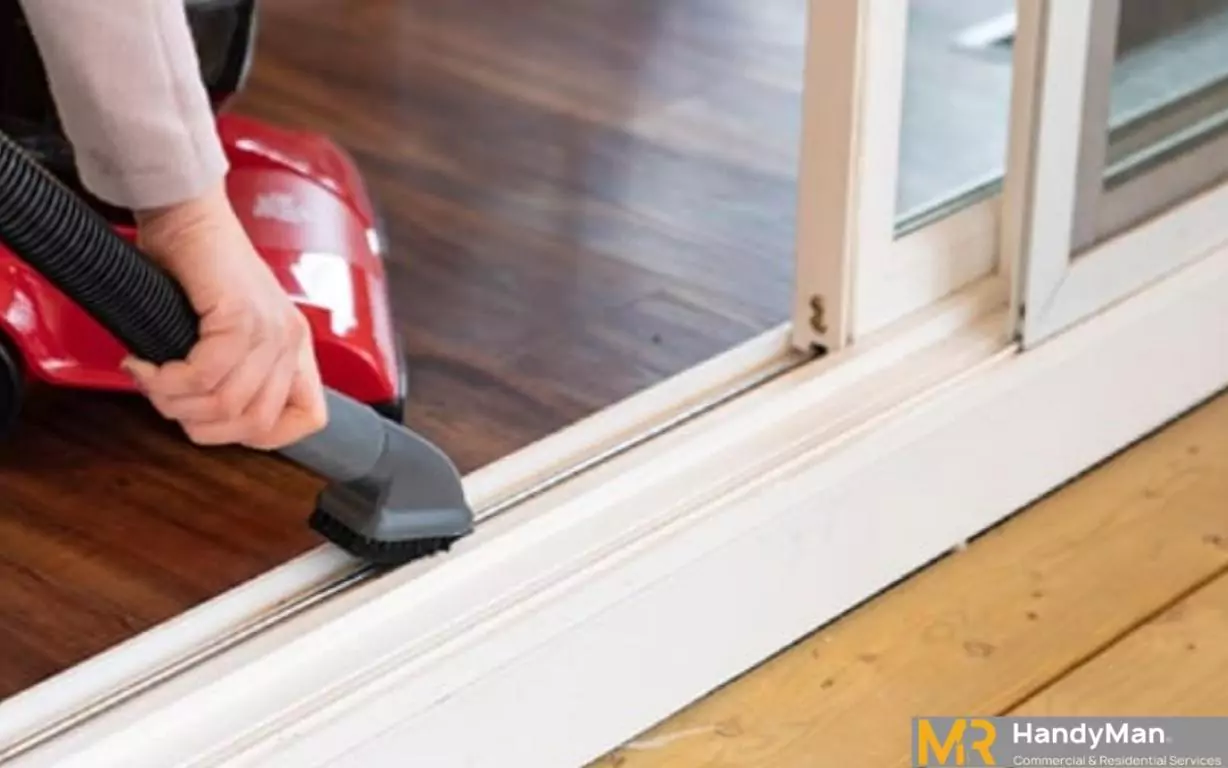
A sliding door typically has a large glass area, which means that dirt, dust, and grime can accumulate on its surface and tracks over time. Routine care and cleaning can help prevent damage to the door and maintain its appearance.
Here are some pointers:
- Use a soft cloth and warm water and mild detergent to clean the glass panels. Avoid using harsh cleaners that could erode the seals or scratch the surface.
- Wipe down the frame and tracks with a damp cloth to remove dust, dirt, and cobwebs. Make sure to clean the tracks thoroughly to prevent debris from impairing the door’s movement.
- Make that the weather stripping and seals surrounding the door are clean and in good shape. In order to avoid air leaks and water damage, replace any worn or damaged seals.
Correct lubrication and track upkeep
The sliding mechanism of a balcony door relies on tracks and rollers, which can wear out or become misaligned due to regular use or exposure to the elements. These problems can be avoided, and your sliding door’s lifespan can be increased, by performing regular track and lubricant maintenance.
Here are some tips:
- Apply a silicone-based lubricant to the rollers, tracks, and latch to ensure smooth operation and reduce friction. Avoid using lubricants made of oil that might attract dirt and dust.
- Check the tracks frequently for debris or warping that can obstruct the motion of the door. Use a stiff brush or vacuum to remove any dirt or debris.
- Test the alignment of the door by sliding it back and forth. If it wobbles or sticks, the rollers may need replacing or adjusting.
Troubleshooting Common Issues And Repairs
Despite regular maintenance, balcony sliding doors can develop issues that require repairs. Here are a few typical issues and their fixes:
- The door does not slide smoothly: Check the rollers and tracks for wear or debris. Clean and lubricate them or replace damaged parts.
- The lock does not engage: Test the alignment of the bolt and latch. Adjust or replace the hardware as needed.
- The weather-stripping is damaged: Replace the old weather-stripping with new pieces to prevent drafts and water leaks.
When to Contact A Professional For Repair Or Maintenance
Some problems with balcony sliding doors could necessitate consulting a qualified technician. Any of the following situations should prompt you to call a repairman:
- The door is heavily damaged, such as a cracked glass pane, broken frame, or bent track.
- The door is more than 10 years old and has never been serviced.
- The door moves noisily, jerkily, or needs a lot of force to open or close.
By following these maintenance and repair tips, you can keep your balcony sliding door in top working condition for years to come.
Upgrading Your Balcony Sliding Door
Do you feel like your balcony sliding door is outdated and needs a makeover? If so, you should think about improving your door. Upgrading your balcony sliding door can improve the security of your home, enhance energy efficiency, update aesthetics and material options, and it can be a cost-effective alternative to a full replacement.
Reasons To Upgrade
Here are a few reasons why you might consider upgrading your balcony sliding door:
- Improve functionality: Upgrading your door can improve the functionality of your door. A new sliding door can slide smoothly and effortlessly compared to an old and worn-out door.
- Increase natural light: A new door can also have a larger glass area, which allows more natural light to enter your home.
- Boost the value of a home: You may increase the value of your house and attract more buyers by upgrading your balcony sliding door.
Adding Security Features
Enhancing your home security is an essential aspect of upgrading your balcony sliding door. Consider the following security features:
- Locks: Adding double locks or a deadbolt can make it harder for intruders to break in.
- Glass: Consider laminated or reinforced glass, which is more challenging to break.
- Sensors: Installing sensors can alert you when someone is trying to break in.
Enhancing Energy Efficiency
Upgrading your balcony sliding door can improve your home’s energy efficiency by reducing heat loss or gain. Here are some energy-efficient features to consider:
- Weather-stripping: Adding weather-stripping around the doorframe can reduce drafts and prevent heat loss during winter.
- Low-e glass: Low-e glass minimizes ultraviolet and infrared light from passing through the glass, reducing heat gain in summer and heat loss in winter.
- Frame material: Choose a door with a frame that provides good insulation. Pvc, fiberglass, and wood frames provide better insulation than aluminum frames.
Updating Aesthetics And Material Options
Upgrading your balcony sliding door can update your home’s look and feel. Here are some material options to consider:
- Vinyl: Vinyl doors are affordable and low maintenance. Additionally, they come in various hues and designs.
- Wood: Wood doors are more expensive, but they offer a classic look and are customizable.
- Aluminum: Aluminum doors are durable and come in different finishes, but they are not ideal for areas with extreme temperatures.
Cost-Effective Upgrades Versus Full Replacement Options
Sometimes upgrading your balcony sliding door might not require a full replacement. Here are some cost-effective upgrades to consider:
- Hardware: Replacing your door hardware can improve the functionality and look of your existing door.
- Sealing: The doorframe can be improved with weather-stripping to reduce drafts and increase energy efficiency.
- Glass inserts: You can add glass inserts to your current door to update its aesthetic appeal.
Remember, before you decide on upgrading your balcony sliding door, make sure to consider your needs and budget. Upgrading your door can improve your home’s appearance and functionality, and a new sliding door can beautify your home and make it more comfortable.
Frequently Asked Questions Of Balcony Sliding Door
What Are Balcony Sliding Doors?
Balcony sliding doors are a type of door design that slides to open or close a balcony entryway or exit-way.
What Are The Benefits Of Balcony Sliding Doors?
Balcony sliding doors create more light and provide a great view to your balcony. They also save space.
Can Balcony Sliding Doors Be Used For Security Purposes?
Yes, balcony sliding doors offer good security features with multipoint locking and tempered safety glass.
Are Balcony Sliding Doors Expensive?
Balcony sliding doors can be more expensive than conventional doors, but their long-lasting durability and added value make them a sound investment.
What Are The Materials Used To Make Balcony Sliding Doors?
Balcony sliding doors can be made of wood, aluminum, steel, or pvc materials and can be designed to fit any decor or style.
Do Balcony Sliding Doors Require Maintenance?
Yes, to ensure proper and smooth functioning, regular cleaning and maintenance of rollers, frames, and tracks are recommended.
Conclusion
Sliding doors are becoming increasingly popular among homeowners and it is not difficult to see why. Balcony sliding doors are not only aesthetically pleasing, but they are also incredibly functional. They provide excellent insulation, keeping out noise and unwanted drafts while allowing an abundance of natural light to flow into the room.
They also create a seamless transition between indoor and outdoor spaces, giving your balcony a sense of continuity and flow. In addition to being practical, sliding doors come in a range of styles and finishes, ensuring that there is an option to suit any design preference.
Whether you are looking to create a modern or traditional look, balcony sliding doors are an excellent choice. So, if you are considering upgrading your balcony door, a sliding door is definitely worth considering.
Posted by;
Molla Imran Hossain
